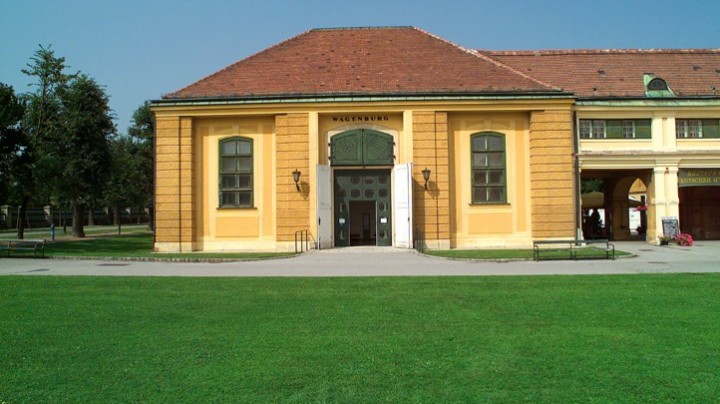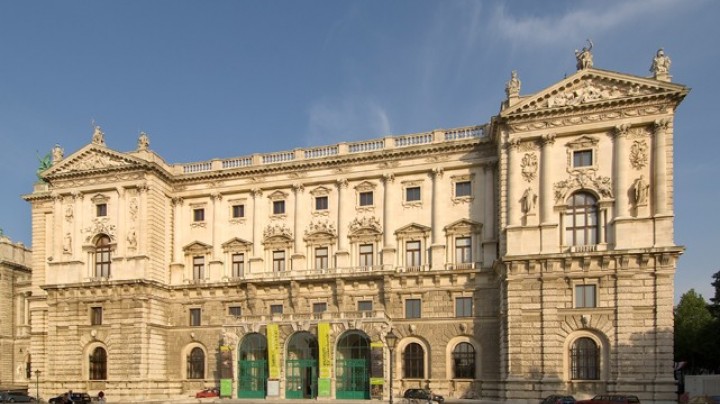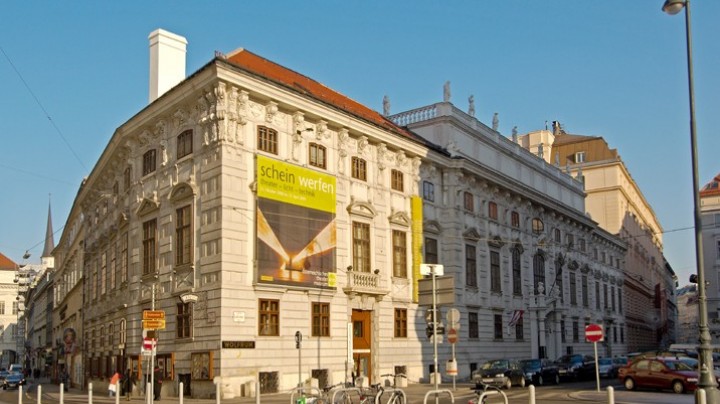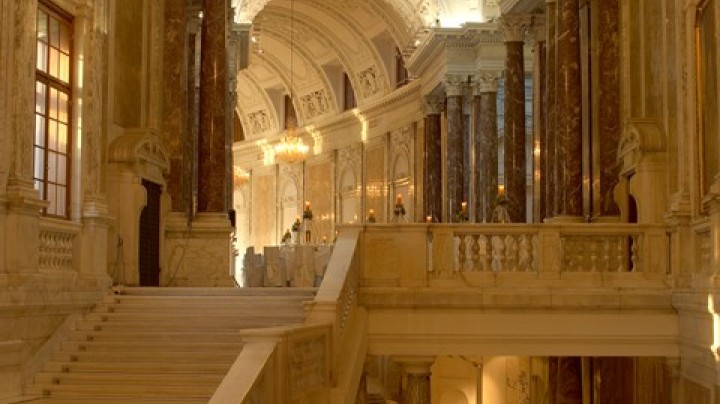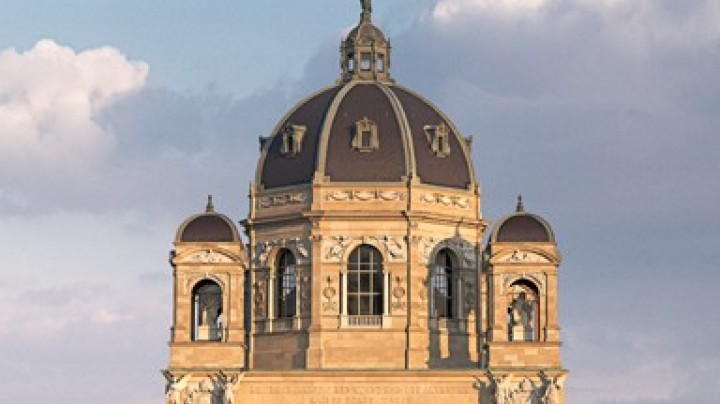
Kunsthistorisches Museum Vienna
The Kunsthistorisches Museum was built between 1871 and 1891 after plans by Gottfried Semper and Carl von Hasenauer. Renowned as one of the most important and impressive museum buildings of the nineteenth century, it was planned during the extension of the Hofburg together with its “twin”, the Museum of Natural History opposite, and the Neue Burg on Heldenplatz. The desire for imperial prestige and faith in the dynastic tradition released gigantic financial and artistic forces. Accumulated over the centuries and in part widely dispersed, at last, in 1891, the Habsburg Collections were now to be opened for the first time together in a fitting environment, an eagerly anticipated event. The holdings of Egyptian antiquities, classical Greek and Roman sculpture and applied arts, and paintings of the fifteenth to the eighteenth century are unparalleled – together with the resplendent, monumental building they open up a unique and synaesthetic world that is a stimulant for all the senses. The staircase and domed hall are designed in a concentrated blend of Neo-Baroque decorative elements to form one of the most exquisite and festive interiors known in European museum architecture. Ceiling and wall paintings in the staircase are by Mihály von Munkácsy, Hans Makart, Gustav Klimt and more, meanwhile the domed hall is an architectural highlight and potent statement of imperial self-manifestation. Relief decorations with the portraits of Emperor Maximilian I, Charles V, Rudolf II, Charles VI. and Franz Joseph I and the Archdukes Ferdinand (II), Albrecht (VII) and Leopold Wilhelm commemorate the most outstanding patrons from the House of Habsburg.
Egyptian and Near Eastern Collection
The entry to the galleries of the Egyptian and Near Eastern Collection is a variation on the theme of the imposing vestibule architecture: mighty bundled papyrus columns, Egyptian-inspired wall decorations, display cases and ornaments provide the spectacular backdrop for a collection whose inventory of Old Kingdom monuments is one of the largest and most outstanding in quality in its field. Grave goods and sarcophaguses, precious papyri, inscriptions and reliefs testify in multifarious ways to religion and everyday life in Ancient Egypt. Sculptures and inscriptions from ancient southern Arabia form the core of the Near Eastern Collection.
Collection of Greek and Roman Antiquities
The collection of works from the third millennium BC until circa 1000 AD is one of the most important of its kind and experienced a spectacular re-opening in 2005, when its sculptures, bronzes, statuettes, vases, glass and goldsmith works dazzled in new glory. The collection of ornamental cameos – including the Gemma Augustea acquired under Emperor Rudolf II – and the treasure troves from the epoch of the great migrations and from the Middle Ages are among the most impressive in the world.
Picture Gallery
The collection of paintings from the fifteenth to the eighteenth century covers the entire main floor of the KHM: Italian, Spanish and French painting on one side – German, Early Netherlandish, Flemish and Dutch painting on the other. Spectacular works at the summit of the art make a tour through the galleries a sensuous and intellectual delight: an unparalleled concentration of paintings by Pieter Bruegel the Elder, key examples of the art of Albrecht Dürer, the incomparable variety of works of Flemish Baroque painting – here most especially Rubens and Anton van Dyck, and, the grand conclusion, Vermeer and Rembrandt. The second half of the galleries is dominated by Italian painting: Titian, Veronese and Tintoretto – the great brains behind the Venetian Cinquecento, individualists like Parmigianino and Lorenzo Lotto; Caravaggio, one of the forerunners of Baroque aesthetics, and, finally, the meticulously painted urban views of Bernardo Bellotto.
Coin Cabinet
The collection contains more than 700,000 objects and presents a richly diverse view of an artistic genre that had to seek satisfying solutions in the smallest space.

Tuesday - Sunday 10 am - 6 pm Thursday 10 am - 9 pm (Coin Cabinet until 6 pm)
